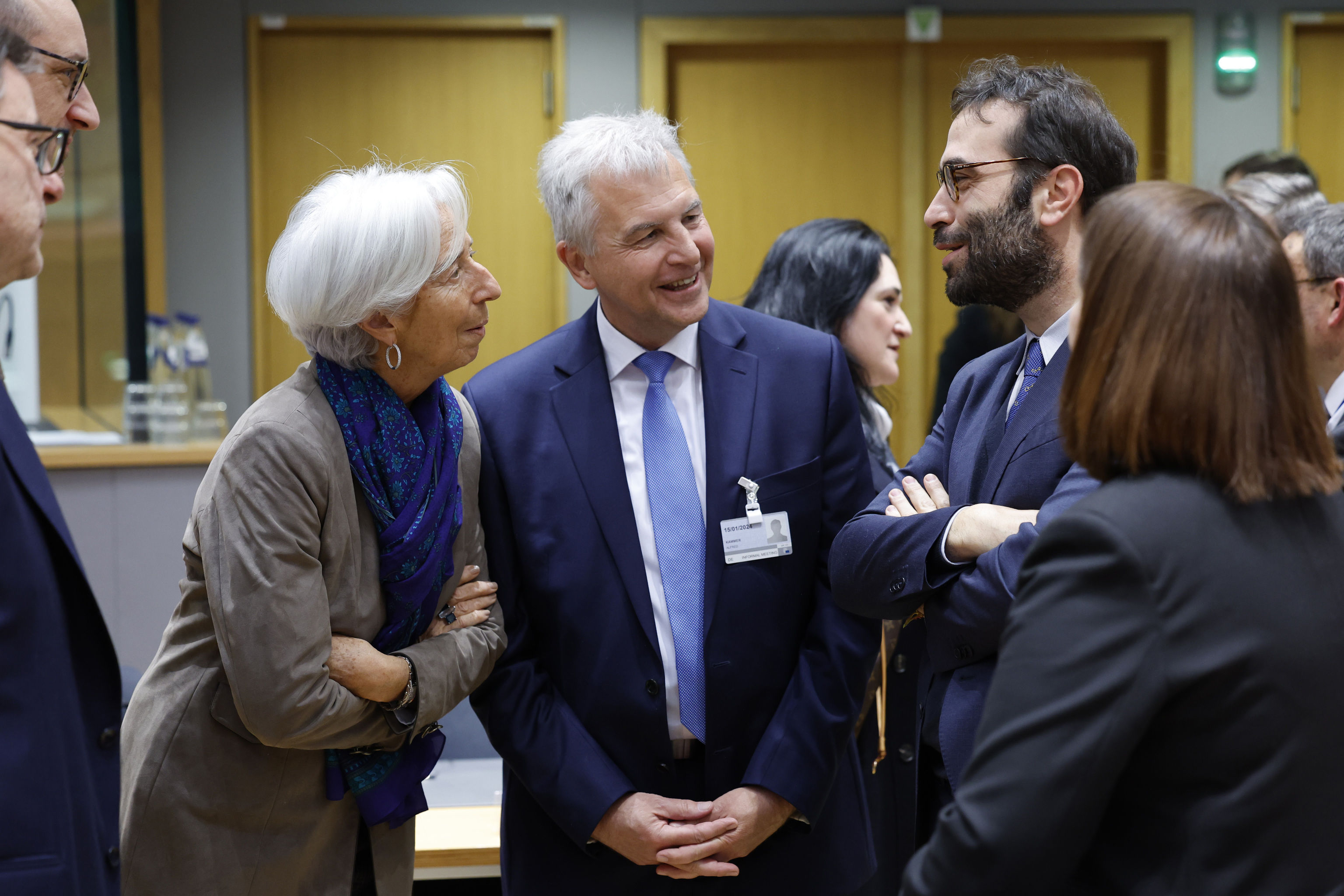Spain is no longer among the top ten most attractive countries for foreign investment. In 2025, it has dropped from ninth to eleventh place, due to investors' concerns about the increase in regulation and political instability, according to the Kearney Foreign Direct Investment (FDI) Confidence Index presented on Thursday by the Institute of Economic Studies.
"Spain's two-place drop in the global ranking from 2024 could have been motivated by investors' global expectations. The main factors influencing these expectations in the past year have been: the increase in restrictions on companies in the country's regulatory environment, the rise in geopolitical tensions, and political instability," explained from the CEOE think tank.
United States - leading for the past thirteen consecutive years - and Canada are the two most attractive countries to attract foreign investment in the next three years, followed by the United Kingdom, which has surpassed China this year and is now in third place. Japan and Germany rank fourth and fifth, with China dropping to sixth place this year due to internal issues.
When choosing a destination to invest in, the efficiency of legal and regulatory processes and national economic performance are the two most important factors, followed by technological capabilities and innovation. In the case of Spain, national economic performance is the main factor to consider (key for 32%), followed by technological innovation (29%) and the quality of infrastructure (26%).
According to Emilio Guevara, a consultant partner, Spain has a "quite good" position based on its strategic location, "top-notch" infrastructure, "highly qualified" workforce, and leadership in sectors such as tourism and renewables. However, political instability does not help, and as admitted by Gregorio Izquierdo, Director General of the Institute, cases of corruption "do not help," although for now they are "isolated incidents" and not "a determining factor" for a reversal in investment.
According to the latest data from the United Nations Conference on Trade and Development (UNCTAD) for 2024, Spain ranks eleventh globally as a recipient of net flows, with an annual average exceeding 26.000 billion dollars (22.700 billion euros), equivalent to 1.9% of global flows. In 2024, flows reached around 37.000 billion euros, a 19% increase from the previous year but still below the record of the last two decades recorded in 2018 (around 55.000 billion) due to "extraordinary operations or large corporate movements."
"This recent behavior suggests a revival of investor interest in the country, in a context of energy transition, digitalization, and supply chain relocation. However, historical evolution shows a high sensitivity to economic cycles and global events, as well as specific operations that can distort the long-term trend," they warn.
Madrid and Catalonia lose appeal
The Community of Madrid has been the main recipient of FDI in Spain for the last four years, with 64.4% of the total, as it hosts the headquarters of the main multinational companies operating in the country; followed by Catalonia (with 12.2%), the Basque Country (6.8%), and the Valencian Community (5.1%).
The latter two have increased their ability to attract foreign investment, while the first two have worsened: Madrid previously captured 66.8% and Catalonia 17.5%. The decline in Catalonia "may be related to a shift in investor preferences, seeking environments perceived as more stable," they point out.
By country of origin, United States, United Kingdom, and France are the main sources of FDI for our country, and the most dynamic sectors are manufacturing industry, information and communications, and energy supply.
This index, designed from surveys of top executives from the world's leading companies, "anticipates the preferences and expectations of the main international players in terms of investment. It is a useful tool to guide strategic decisions for both the public and private sectors in terms of internationalization, competitiveness, and investment attraction." It is annually prepared by consultancy A.T. Kearney, and since its creation in 1998, the classified markets have largely corresponded to the main destinations of real FDI flows in the following years.
